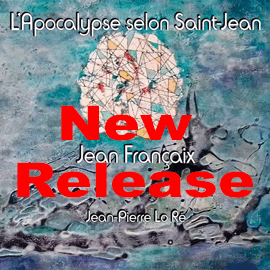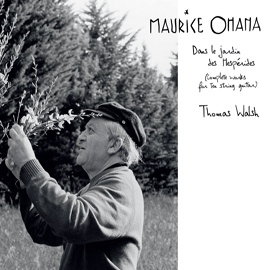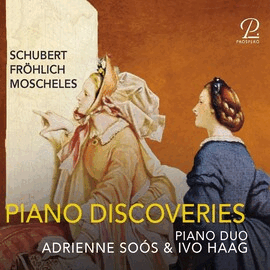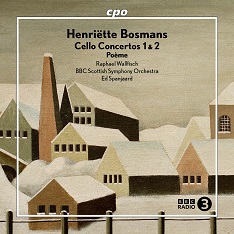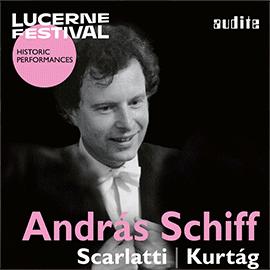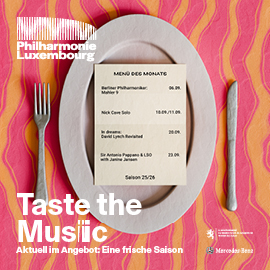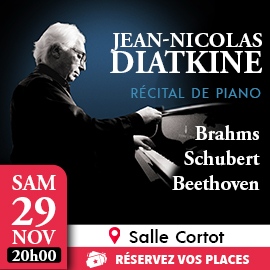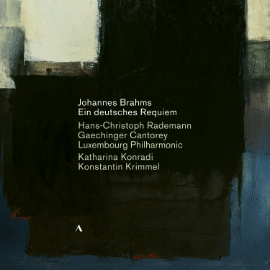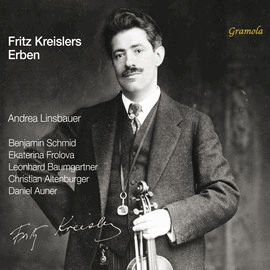Dieses Programm beginnt mit Poème von Henriëtte Bosmans aus dem Jahre 1923. Es beginnt recht opulent, wechselt dann mehrmals zwischen langsamen und sehr melodisch-lyrischen und tänzerischen Passagen, die den Hörer deutlich in den Süden Europas entführen.
Das 1. Cellokonzert beginnt kämpferisch effektvoll und wird dann bei allem Lyrismus des Cellos recht leidenschaftlich, was diese Interpretation kraftvoll und mitunter dramatisch betont. Es folgt ein ebenfalls kraftvolles Presto, ehe ein ruhiges, aber sehr originelles und phantasievoll komponiertes Lento-Moderato das Konzert beendet, das sich dem Hörer als sehr charakteristische Komposition nachhaltig einprägt.
Im Gegensatz zum ersten Cellokonzert beginnt das zweite sehr verhalten und lyrisch melodisch mit einem Solo, zu dem sich dann das Orchester hinzumischt. Nach fast viereinhalb Minuten folgt dann ein tänzerisches Allegro vivace, das aber immer noch viel melodische Süße beinhaltet. Das Scherzo ist leicht beschwingt nicht weniger blumig.
Das Finale beginnt mit einem ausdrucksvollen Lento, das mitunter sehr melancholisch wirkt und drohend düstere Untertöne zeigt. Diese Stimmungen werden vom virtuosen Allegro molto weggewischt, das in dieser Interpretation, wie der Rest des Konzerts, auch sehr wirkungsvoll und packend gestaltet wird.
This program begins with Poème by Henriëtte Bosmans from 1923, which begins quite opulently and then alternates several times between slow and very melodic-lyrical and dance-like passages that clearly transport the listener to the south of Europe.
The first cello concerto begins in a combative and effective manner and then becomes quite passionate despite the lyricism of the cello, which this interpretation emphasizes powerfully and sometimes dramatically. This is followed by an equally powerful Presto, before a calm but very originally and imaginatively composed Lento-Moderato ends the concerto, which leaves a lasting impression on the listener as a very characteristic composition.
In contrast to the first cello concerto, the second begins very restrained and lyrically melodic with a solo, to which the orchestra then joins in. After almost four and a half minutes, a dance-like Allegro vivace follows, which still contains plenty of melodic sweetness. The Scherzo is no less lively and flowery.
The finale begins with an expressive Lento, which at times has a very melancholy effect and threateningly dark undertones. These moods are wiped away by the virtuoso Allegro molto, which in this interpretation, like the rest of the concerto, is also very effective and gripping.




